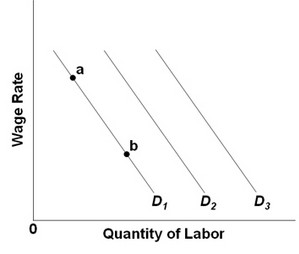In Table 17.3, 
A. the United States has an absolute and comparative advantage in Cars while, Brazil has an absolute and comparative advantage in lumber.
B. Brazil has an absolute advantage in both goods but a comparative advantage in lumber only.
C. the United States has an absolute and comparative advantage in both goods.
D. the United States has an absolute advantage in both goods but a comparative advantage in cars only.
Answer: A
You might also like to view...
When we graph consumption as a function of national income rather than as a function of ________, the slope of this consumption function is the ________
A) disposable income; MPC B) personal income; MPS C) disposable income; MPS D) personal income; MPC
The fastest growing money supply since 1970 has been
a. M1 b. M2 c. M3 d. M1 and M3 (approximately the same rate) and not M2 because M2 is part of M3 e. M1, M2, and M3 which, by definition, must grow at the same rate
Use the graph below to answer the next question. Other things equal, a decrease in the price of computers would cause a
Other things equal, a decrease in the price of computers would cause a
A. move from a to b on D1 for computer programmers. B. shift from D3 to D2 for computer programmers. C. shift from D2 to D3 for computer programmers. D. move from b to a on D1 for computer programmers.
An efficient economy is an economy
A. that distributes output equally among all consumers. B. in which output is steady or growing and there is low inflation. C. that produces what consumers demand and does so at the least possible cost. D. in which there is a fair distribution of wealth.